Dogs help save the cheetah population from extinction? We had not considered the possibility until we visited the Cheetah Conservation Funds (CCF) facility near Otjiwarongo, our first destination after we picked up our rental car in Windhoek.
Otjiwarongo is a couple of hours drive north and lies at the junction of the roads from Windhoek and Etosha. The CCF's facility itself lies further northeast and is accessible by a 40km stretch of unpaved road. We were shown around the facility by a young volunteer who shared a lot of information about the status of cheetah population in Namibia and the extraordinary work that is done by the CCF to save the cheetah from extinction.
Did you know that Namibia is the 'Cheetah Capital of the World'? In fact about 30% of all remaining cheetahs in the wild are within the boundaries of Namibia - it accounts for 3000 of the estimated total of 10,000 cheetahs remaining in Africa and Asia today.
There was a time when cheetahs were found all over Africa, but they are now endangered in most of their former ranges. As human populations grew, the amount of land devoted to livestock farming steadily increased encroaching on land where cheetahs roamed. The elimination of lions, leopards and other large predators from these commercial farmlands opened up a niche for cheetah to live on these Namibian farms, mostly feeding on its natural prey like antelopes and other small mammals. Close to 95% of cheetahs live on commercial farmland, sharing the land with humans and livestock.
While this was not a huge problem in itself, In the 1980's Namibia was hit hard by drought. The cheetah's natural prey base died, or was killed by farmers to reduce grazing and watering pressures on their livestock. With little natural prey to hunt, cheetahs began to prey upon livestock. Farmers began to see cheetahs more frequently on their farms and thought their numbers had increased. The cheetahs took the blame for most predator related livestock losses. Farmers killed them by the thousands as pests or to sell their skins to the fur trade. The population halved in the 10-year period, leaving an estimated population of less than 2500 by the end of the 1980s.
It is natural to assume that protecting the cheetah would be easy enough by relocating them to game parks and nature reserves. What works for lions, leopards, rhinos etc. should work for the cheetah too, wouldn't it ? Evidently not. We learned that cheetahs don't do well in game reserves as they don't compete well with hyaenas and lions. Instead it is the farmlands that offer the cheetah a safe haven.
In Namibia, cheetahs are a protected species. But when they come into conflict with humans and their livestock, farmers are allowed to kill the animal. Trapping and shooting cheetahs that are suspected of being a threat to livestock is permitted. Sometimes cheetahs are just passing through, but are labeled as a "problem animal". As a result protecting the species became a huge challenge and their numbers dwindled.
The Cheetah Conservation Fund was founded in 1990 to ensure that this endangered species did not go completely extinct. They do this by conducting scientific research in the area of cheetah genetics, biology, health and reproduction, creating and managing conservation strategies and education programs. As part of their comprehensive conservation strategy they have formulated an innovative program to eliminate the need for ranchers to kill cheetahs. And this is where the Anatolian dogs come in.
The Anatolian Shepherd is a guard dog of ancient lineage; the breed evolved over time to be able to travel great distances across the arid Anatolian Plateau region of Turkey and was used to protect livestock against wolves and bears. CCF saw the potential these dogs could have in its efforts to minimize conflict with predators on Namibian farmlands and formulated the Livestock Guarding Dog program. As part of this program, a pup is raised together with the herd so that they bond with the livestock instead of humans and thus assume the role of protectors. The dog lives with the herd, eats and sleeps with the livestock and travels with them. It is always on alert and must defend its herd against a variety of threats including baboons, jackals, caracals, cheetahs, leopards and even humans. The dog is not trained to chase or attack. Its job is to bark and posture to scare the predator away.
Occasionally the dog is forced to physically defend its herd, but its size and strength make it a formidable obstacle. Cheetahs are not normally aggressive, and are quick to retreat from a barking dog. So the dogs’ natural instincts to protect the flock, paired to the cheetah’s natural flight vs. fight instinct, made these dogs the ideal choice for keeping the threat at bay and eliminating the need to kill the cheetah.
CCF's program involves selective breeding of dogs, careful selection of recipient farmers, training for the new owner to train his/her dog for a successful guarding career, as well as follow-up to make sure the dog is doing well. Farmers see the benefits of this program and we understand this is making a real impact on the recovery of the cheetah population.
The CCF facility also provides shelter to cheetahs that have been captured alive or orphaned cubs. Depending on the circumstances and the age of the animal, some of them are reintroduced into the wild. We were able to visit an enclosures where a few of them (that are not suitable to be returned) were being cared for. Interestingly breeding cheetahs is not part of CCF's strategy. Hunting skills are typically learned early in life by watching the mother hunt and animals bred in captivity seem unable to sustain themselves successfully when released into the wild.
We rounded off the visit by visiting the excellent education center and museum on site dedicated to, what else, the cheetah.

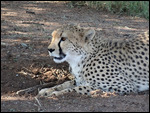
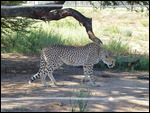
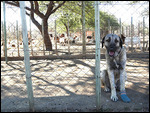
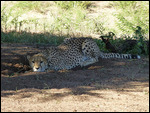
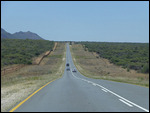
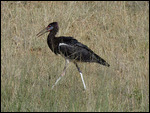
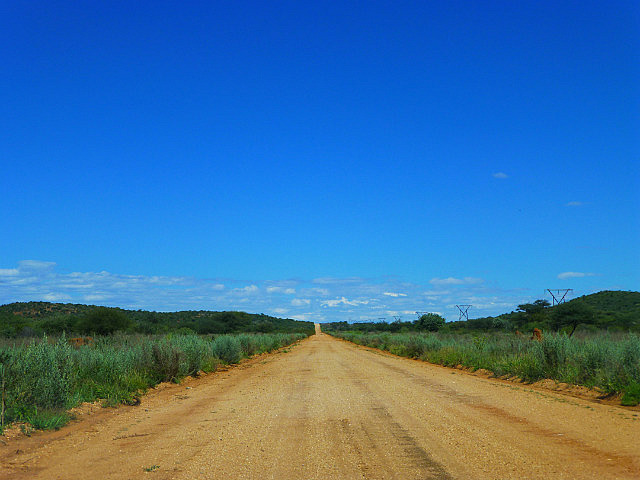
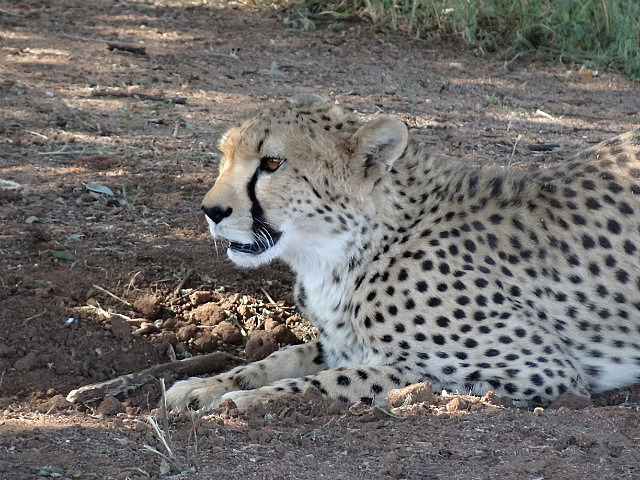
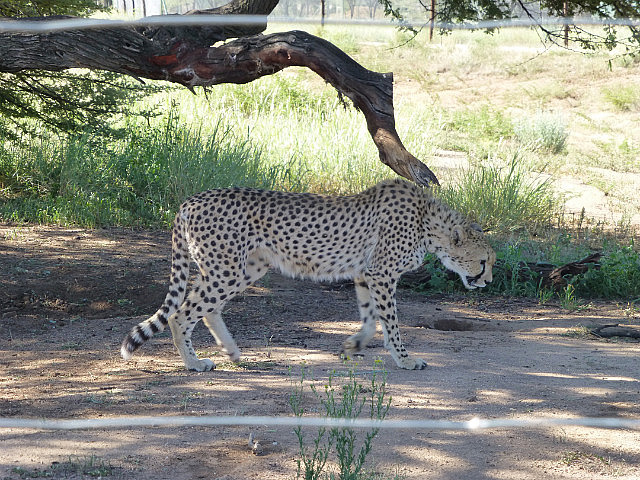

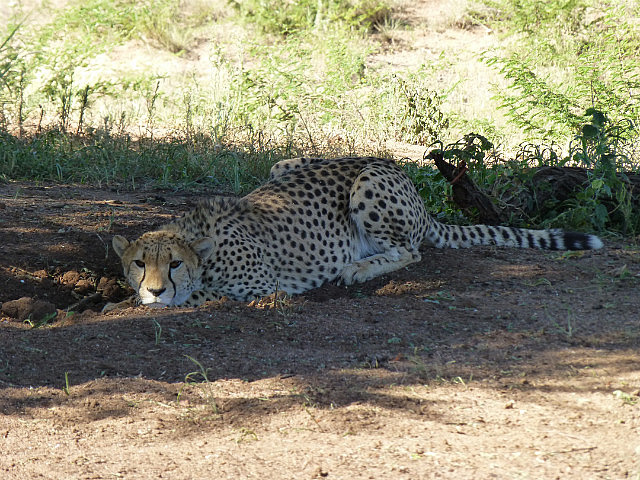

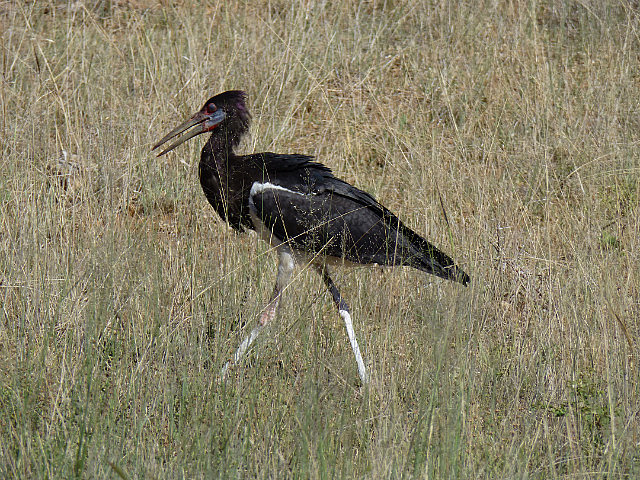
Comments